THE most common description of the 1965 classic Guide across the decades is that it was way ahead of its time, and that still holds true today. The marvellously multi-layered movie, based on the best-selling novel The Guide, tackled a range of themes, including adultery, love, betrayal, heartbreak, and a painful path towards redemption.
India’s official entry for the Oscars revolved around a stifled woman walking out of an unhappy marriage and having a live-in relationship with another man, only to be betrayed again after he is imprisoned. The man in question embarks on an unexpected journey towards spiritual redemption.
One of the greatest films in Bollywood history, it tackled diverse themes and still retains its power. The English-language version was released in America on February 6, 1965, with the Hindi adaptation hitting cinemas in April that year. The making of Guide was as compelling as the film itself. Eastern Eye celebrates its 60th anniversary with the remarkable rollercoaster story of how Guide was made and its eventual impact.
After acclaimed Indian writer RK Narayan published his bestselling novel The Guide in 1958, several directors showed interest, but most were deterred by its daring narrative. Satyajit Ray was unable to adapt it into a film because the rights had already been bought by superstar actor and producer Dev Anand. Whether it was launching new talent like ace filmmakers Guru Dutt, Raj Khosla, and Vijay Anand, leading ladies like Waheeda Rehman, or creating the film noir genre in Bollywood, Anand consistently showed he was willing to take risks.
Continued from page 19 The Bollywood icon was recommended by someone to read The Guide. He recalled: “I went to Foyles, the largest bookstore in London, and asked for the book. They did not have a copy left, but the salesgirl at the counter promised to procure one for me if I left my address in London, which I did. The very next day, the receptionist at the Londonderry hotel called to say she was sending a parcel up to my room. I opened it to find The Guide waiting to be devoured by me. I read it at one go, sitting on the balcony of my suite, which overlooked Hyde Park.”
Anand thought the story was great, and the character of Raju, the guide, was extraordinary. He also harboured a dream of cracking Hollywood and thought this film could be a springboard. The excited actor flew to America to secure partners, including producer-director Tad Danielewski and acclaimed writer Pearl S Buck, who, in 1938, had become the first American woman to win the Nobel Prize in literature.
Acclaimed filmmaker Raj Khosla was roped in to direct the Hindi version of Guide, but Anand’s firstchoice leading lady Waheeda Rehman refused to work with him because they had fallen out during the making of Solva Saal. Rehman once said: “Guide is not just my most iconic film; it was also Dev’s most celebrated work. But the fact is I almost didn’t do Guide. It was to be directed by Raj Khosla, with whom I had a difference of opinion during an earlier film. I never worked with him after that, and I wasn’t willing to change that for Guide or any other film.”
Khosla couldn’t handle the pressure of such a challenging subject. Dev’s elder brother, Chetan Anand, then agreed to direct the Hindi version, with Danielewski helming the English-language adaptation. It was decided that both versions would be shot simultaneously. However, bringing together an Indian and American team proved tricky, with multiple creative clashes. Chetan later exited Guide to focus on is iconic war movie Haqeeqat (1964).
Another problem was that Waheeda Rehman was unable to speak English and had to learn on set. Anand recalled: “Rosie was a dancer, and we needed a dancer. Waheeda was good-looking, a star, and a dancer but couldn’t speak English very well. So, there was a little conflict between me and the director, but I needed Waheeda. Pearl Buck used to train her in English every day for two hours. It’s one of Waheeda’s finest performances.”
It was then decided that the English version would be shot first. While it was being edited, the Hindi version would be filmed from scratch. Dev persuaded his younger brother, Vijay ‘Goldie’ Anand, to direct that version, but he didn’t want to cast Waheeda. Saira Banu later claimed she was offered the role but turned it down. Vijay Anand wanted to cast Vyjayanthimala, as she was arguably the greatest dancer in Hindi cinema at the time. However, Dev Anand was adamant that Waheeda should star in both versions.
During this time, Dev Anand faced resistance from multiple quarters but believed in the project. He said: “The Hindi version is not the English version! Every frame is different. It was a totally new script. People said, ‘Why are you making it?’ I said, ‘I want to make it, and you have to do something mad in life to achieve something at times.’ People tend to ridicule certain projects initially, and start liking it when the right results come. When the Hindi version was being planned from scratch, they thought I was mad and wasting money. Now they call it a milestone.”
Rehman was also working on the classic film Neel Kamal, and its director was angry about her playing such a daring character in Guide – a woman leaving her husband and essentially being adulterous. She recalled: “I was shooting for both Guide and Neel Kamal around the same time. When the director (Ram Maheshwari) got to know that I was doing Guide, he said, ‘Waheeda ji, you are killing me; you have destroyed me.’ I said, ‘I don’t get it.’ He said, ‘In my film, you are called Sita, who is fully in love with her husband, and in Guide you are playing Rosy, who is a dancer who leaves her husband. So, I am destroyed.’”
Ironically, the massive success of Guide would benefit Rehman’s subsequent movies, including Neel Kamal (1968).
Vijay Anand convinced his brother Dev to change the screenplay in the Hindi version, including adding an emotional climax. Dev Anand recalled: “Goldie was intelligent and convinced me to change the script to suit the Indian audience, which I agreed to. We changed the entire script, and the whole film was reshot.”
Iconic music producer SD Burman was roped in to compose the songs. Legendary lyricist Hasrat Jaipuri was initially approached to write the lyrics, but the Anand brothers were not satisfied and brought rival songwriter Shailendra on board. However, Shailendra was upset about being the second choice, so he hiked up his asking price, which turned out to be well worth it. The dream team of SD Burman and Shailendra created one of Hindi cinema’s greatest soundtracks, featuring stunning songs like Aaj Phir Jeene Ki Tamanna Hai, Gaata Rahe Mera Dil, Kya Se Kya Ho Gaya, and Tere Mere Sapne.
After many struggles, both films were finally completed. The English version was released on February 6, 1965, but it became a resounding disaster. The movie received negative reviews and sank without a trace, largely because Western audiences were not ready to see a film with Indian leads. This was despite the English version being closer to the novel and even featuring a nude scene, where a body double was used for Waheeda Rehman.
The Anand brothers pressed ahead with the Hindi version, releasing it in April, but they faced resistance from conservative corners trying to get it banned due to its bold themes. Dev Anand recalled: “A lot of people kept writing to the information broadcasting ministry saying, ‘Look, this is based on a book about adultery, so don’t pass it at the censor board for audiences.’”
The producer and lead star also struggled to find a distributor because the English-language version had flopped so badly. However, when Guide released in Hindi, it became a resounding success and surprised everyone. Anand’s first colour movie won seven Filmfare awards, including the four top prizes for best film, best director, best actor, and best actress. It was submitted as India’s official entry to the Oscars but narrowly missed out on a nomination.
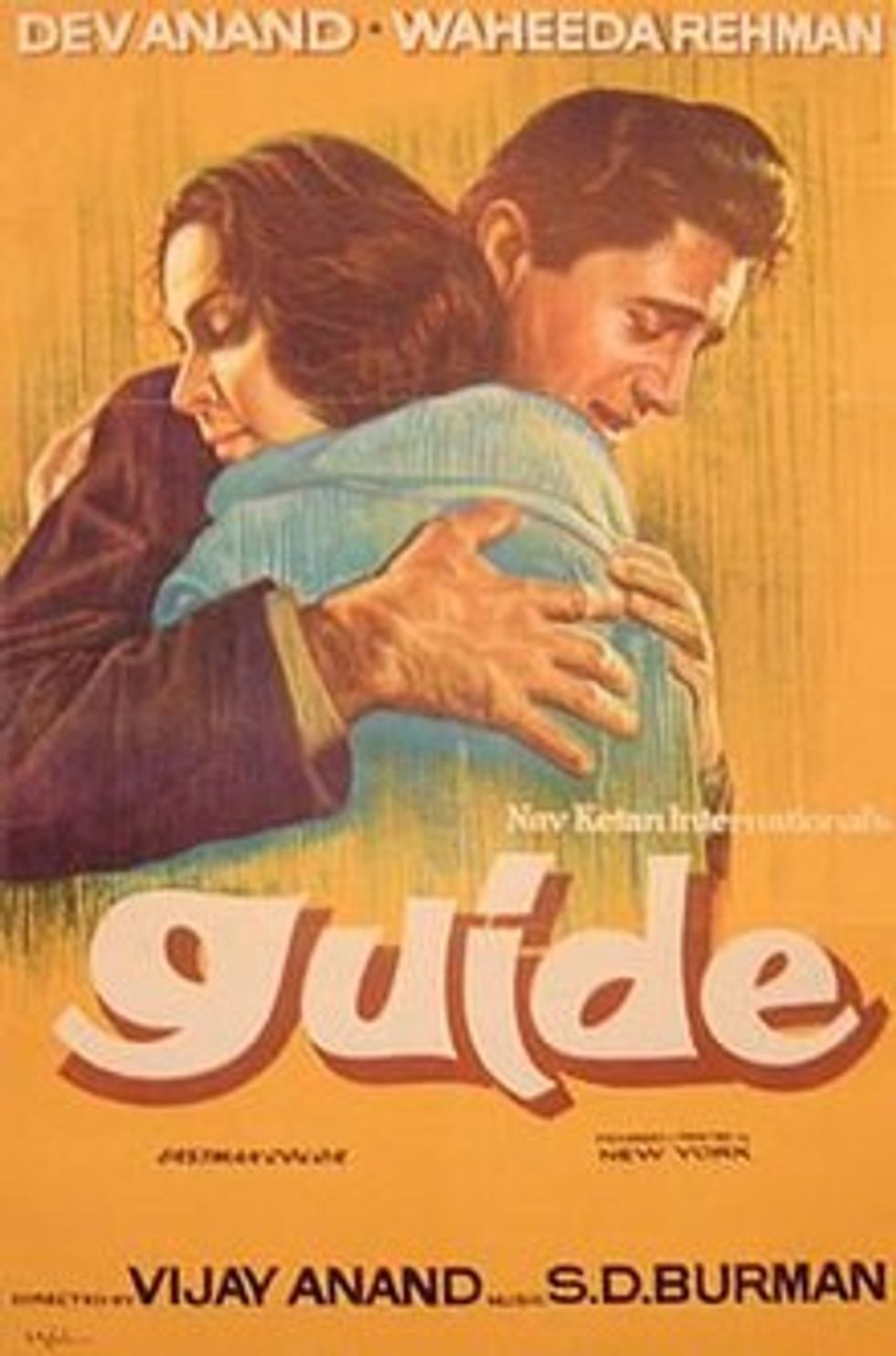
Anand later said, “We didn’t know what had to be done to get a nomination, and no one was there to advise us. I think if we had the knowledge, it would have received the nomination.” The landmark movie left a lasting legacy, regularly making it onto lists of the greatest Bollywood films ever made. By tackling a taboo subject and featuring an empowered female lead, it broke Bollywood’s shackles and inspired producers to venture out of their comfort zones with daring projects.
In 2008, Guide became the first Indian film to be invited by the Cannes Film Festival Committee to be showcased in the Cannes Classics section, with an elderly Dev Anand walking the red carpet for the event. He had a crazy dream that overcame countless challenges to become a reality. Anand summed it up best when he said: “It was a mad thing to do, but again, all great things sometimes have to be a little mad. We had to be a little mad!”

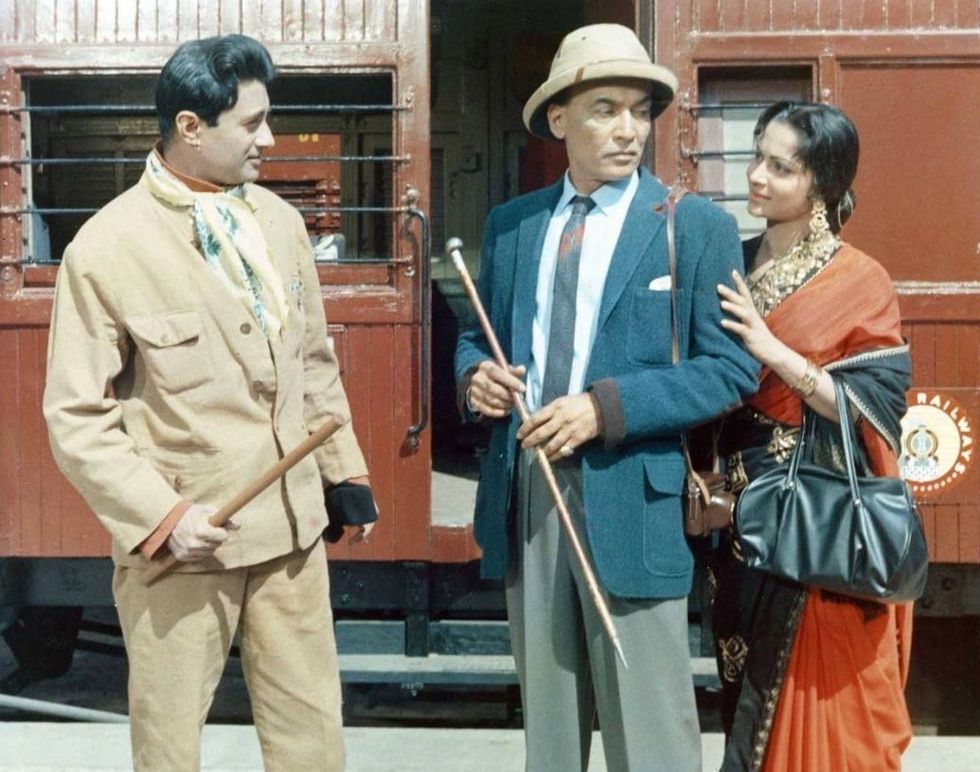

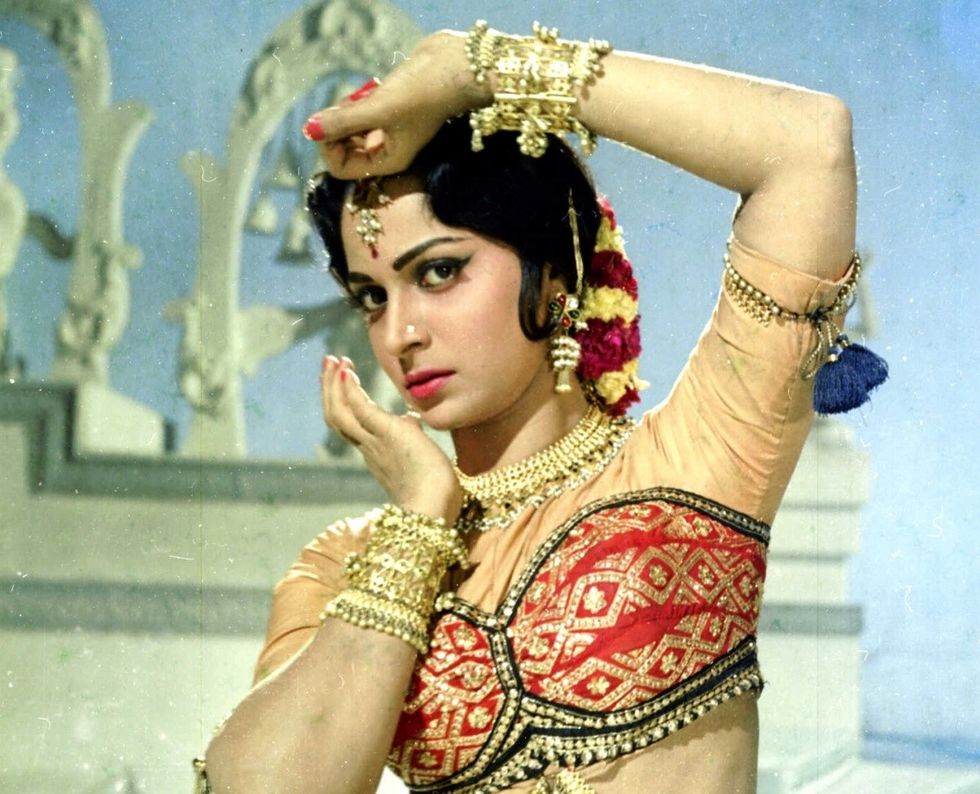
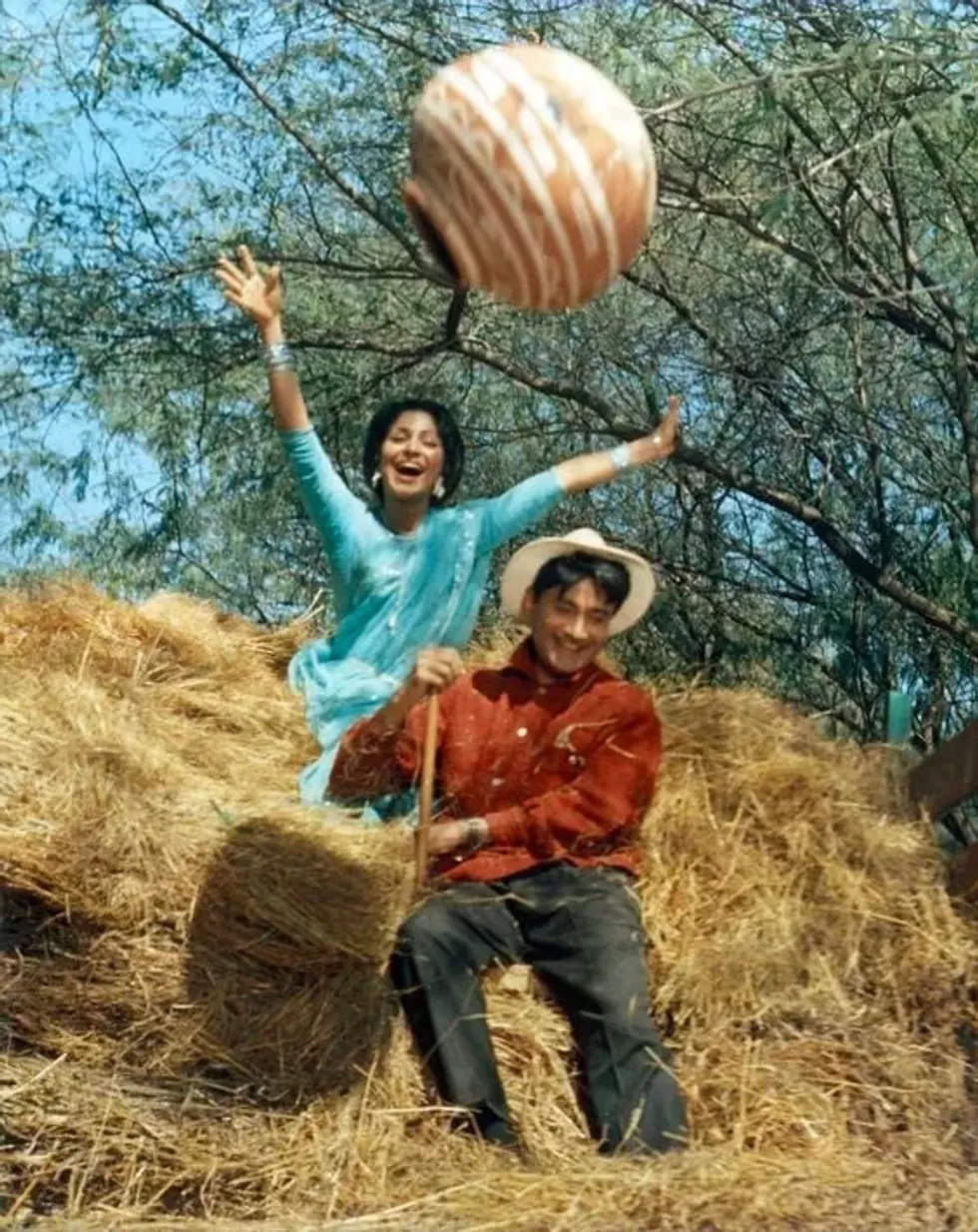
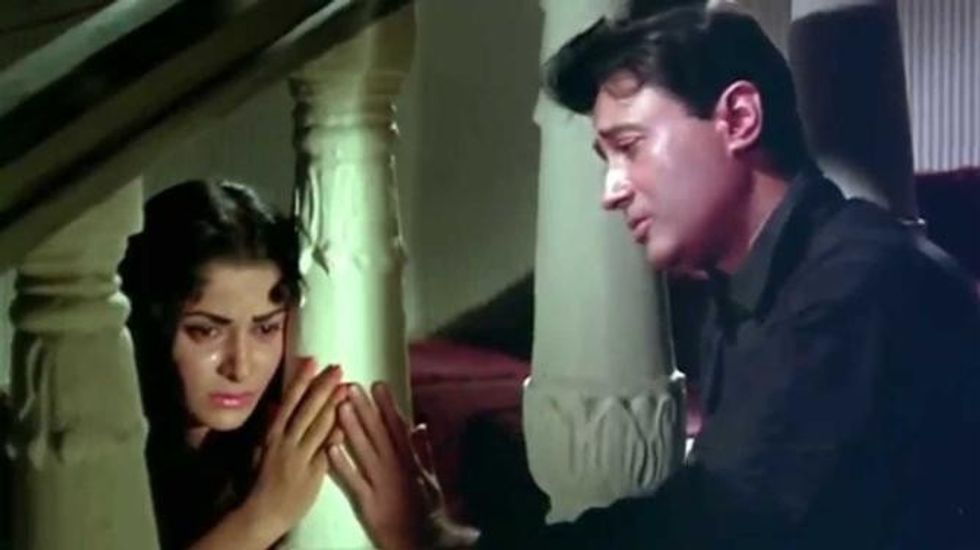















 The Story Teller by Ley Roberts
The Story Teller by Ley Roberts Summer Exhibition coordinator Farshid Moussavi, with Royal Academy director of exhibitions Andrea Tarsia in the background
Summer Exhibition coordinator Farshid Moussavi, with Royal Academy director of exhibitions Andrea Tarsia in the background An installation by Ryan Gander
An installation by Ryan Gander A sectional model of DY Patil University Centre of Excellence, Mumbai, by Spencer de Grey
A sectional model of DY Patil University Centre of Excellence, Mumbai, by Spencer de Grey Rituals and Identity and Theatre of Resistance by Arinjoy Sen
Rituals and Identity and Theatre of Resistance by Arinjoy Sen
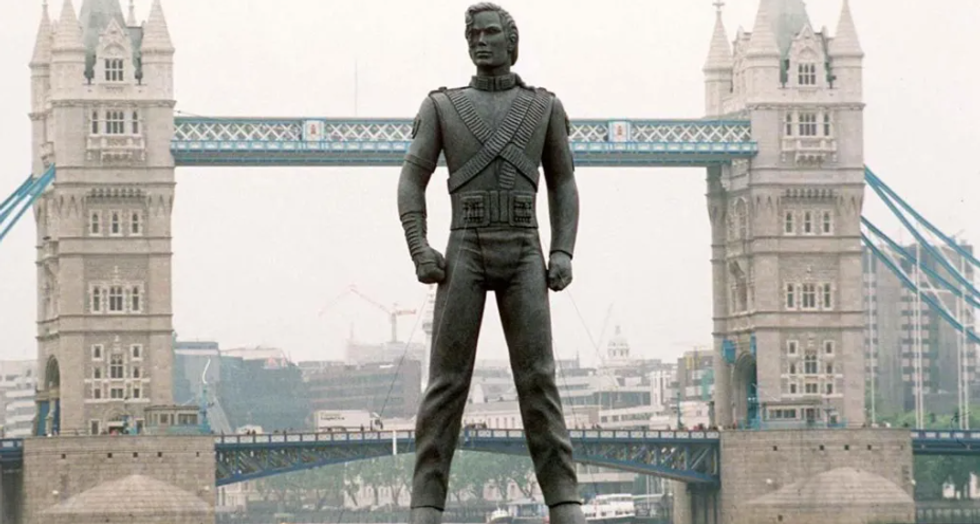 The statues were the product of a transatlantic effortGetty Iamges
The statues were the product of a transatlantic effortGetty Iamges
 The 50 digital paintings showcase a blend of cosmology and Indian classical musicThe Bhavan
The 50 digital paintings showcase a blend of cosmology and Indian classical musicThe Bhavan
 Deccan Miniature Images - Gold Cows on red getty images
Deccan Miniature Images - Gold Cows on red getty images Pastel Lotus getty images
Pastel Lotus getty images Krishna as Govindagetty image
Krishna as Govindagetty image Greyscale Pichvais
Greyscale Pichvais  Sketches
Sketches  Modern Cow Pastel
Modern Cow Pastel Sketches
Sketches  Pichvai gifted to Narendra Modi
Pichvai gifted to Narendra Modi  Black and gold Gopis
Black and gold Gopis  The Haveli of Shrinathji
The Haveli of Shrinathji